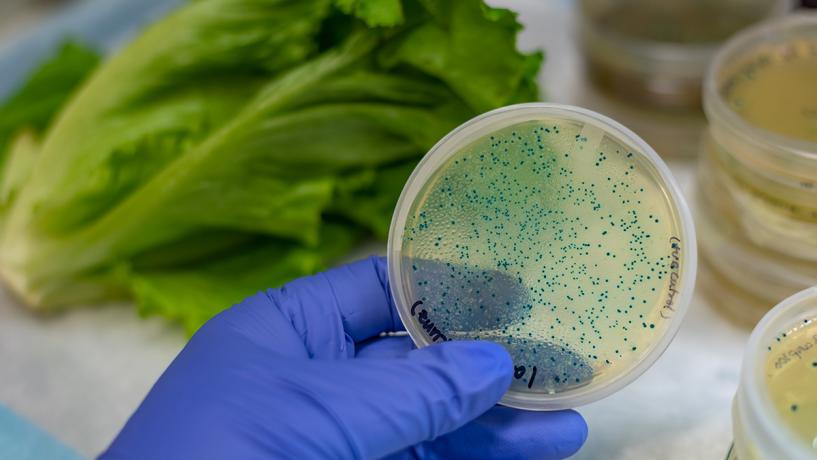
Food-borne illnesses stem from consuming contaminated food, particularly high-risk foods. When people think of high-risk foods, they often think of raw meat, dairy products or eggs. However, high-risk foods also include fresh produce such as leafy greens, romaine lettuce and spinach. The concern with fresh produce is that it is often not cooked before being eaten, and thus there is the potential for dangerous pathogens on the fresh produce to be consumed and make a person ill. This has been a significant food safety threat in Australia over the past few years, including a Salmonella havana outbreak linked to sprouts.
The Center for Produce Safety is funding a research team at Drexel University who are working to develop a specific treatment to kill dangerous pathogens on fresh produce. This new treatment is a cold plasma wash water treatment as cold plasma is proven to be effective at inactivating pathogens in water in a rapid manner. The ultimate goal of the project is to design a plasma-based wash water management system for minimally-processed fresh produce to eliminate cross-contamination.
The researchers at Drexel University are also teaming up with SmartWash Solutions and Sunterra Produce Traders East in the research process. The project is being funded from January 2020 to December 2021. More information about the research and the project can be found on this document provided by the Center for Produce Safety.
What is the benefit of the new treatment?
Pros to the cold plasma wash water treatment include:
- Delicate on produce. The treatment is able to be used on fresh produce without damaging the food product. This is of particular importance in the fresh produce industry, since cleaning fresh produce properly in order to kill pathogens can be difficult and can damage the product in the process.
- Low cost. This is beneficial to the food industry, especially the food produce industry as it allows for the decontamination of fresh produce without added expense.
- No added chemicals. Other methods of decontamination, particularly if there is contaminated water, require the use of chemicals. This method involves no added chemicals which is good for the health and safety of consumers.
- Less maintenance. A cold plasma wash water treatment system does not need constant monitoring and there does not need to be a replenishment of chemical concentration as seen in other methods.
Next steps in the project
The project has been underway for some time, and researchers are moving on to validate the technology through a prototype model. The prototype model will use a 100-gallon tub with a plasmatron electrode submerged inside. In order to validate the research, plasma-treated water will be used to wash produce that is contaminated with strains of E. coli and other produce that is not contaminated. After washing, the produce and the wash water will be tested for pathogens. This testing will be used to determine the rate of inactivation. Other investigations will include looking at if there are any quality changes to the produce after being washed.
As the research continues, the team hopes that the testing will validate the efficiency of the cold plasma wash water system and its ability to improve produce safety for consumers.
The Australian Institute of Food Safety will provide updates on the project as it becomes available.




